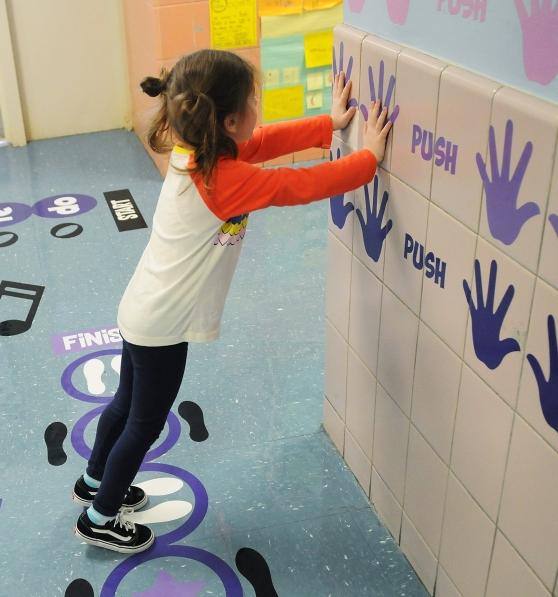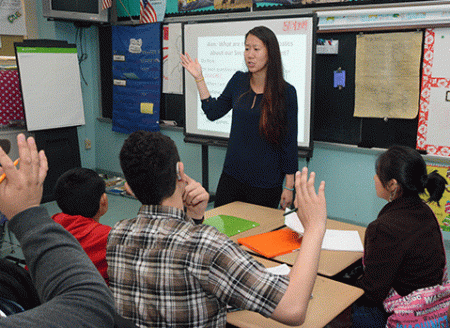Special Ed and IEPs

If your child is receiving special education services, their school program is based on an Individualized Education Program (IEP), which was jointly developed by you, your child's teachers and service providers, assessment professionals and a representative of the school administration. Your child's IEP should reflect the services and supports your child needs to progress in the curriculum, achieve proficiency on assessments and prepare them for college or work.
There are three things you can do to help ensure your child gets the support and attention they need:
- Make sure you have a copy of the current IEP.
- Make sure each of your child’s teachers and related service providers has a copy of your child’s IEP; and if a paraprofessional works with your child individually or in your child’s classroom, make sure they have on-going access to a copy of your child’s IEP and has received an explanation of their specific responsibilities (the law requires this).
- Together, make sure your child is getting all the support specified in the IEP.
Issues and concerns
The UFT has concerns that school personnel have been under tremendous pressure to move students to less restrictive environments regardless of their readiness or instructional capacity to meet their needs in the new settings.
Here is a checklist for parents to help you determine if your child is receiving the proper services.
If your child is not receiving the services specified in his or her IEP or is not making progress, call our special hotline at 212-701-9499 or file a complaint online. Another resource is the ARISE Coalition, of which the UFT is a member. You can reach them at 212-822-9523 or visit them online at www.arisecoalition.org.
For strategies and suggestions for helping you obtain appropriate services for your children, please consult the Fact Sheet on Special Education Reform.
DOE’s Guidelines for Implementation of the Special Education Reform (2012-13)
The FAQ which appears on pages 7-10 addresses some of the more vexing problems schools are experiencing with the reform such as what happens when a school does not have enough students for a full class, or has only one student with a particular program recommendation or lacks resources to support a particular program or help prepare teachers or other school staff.
